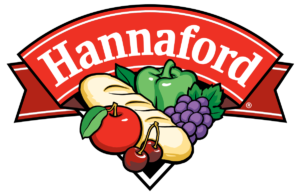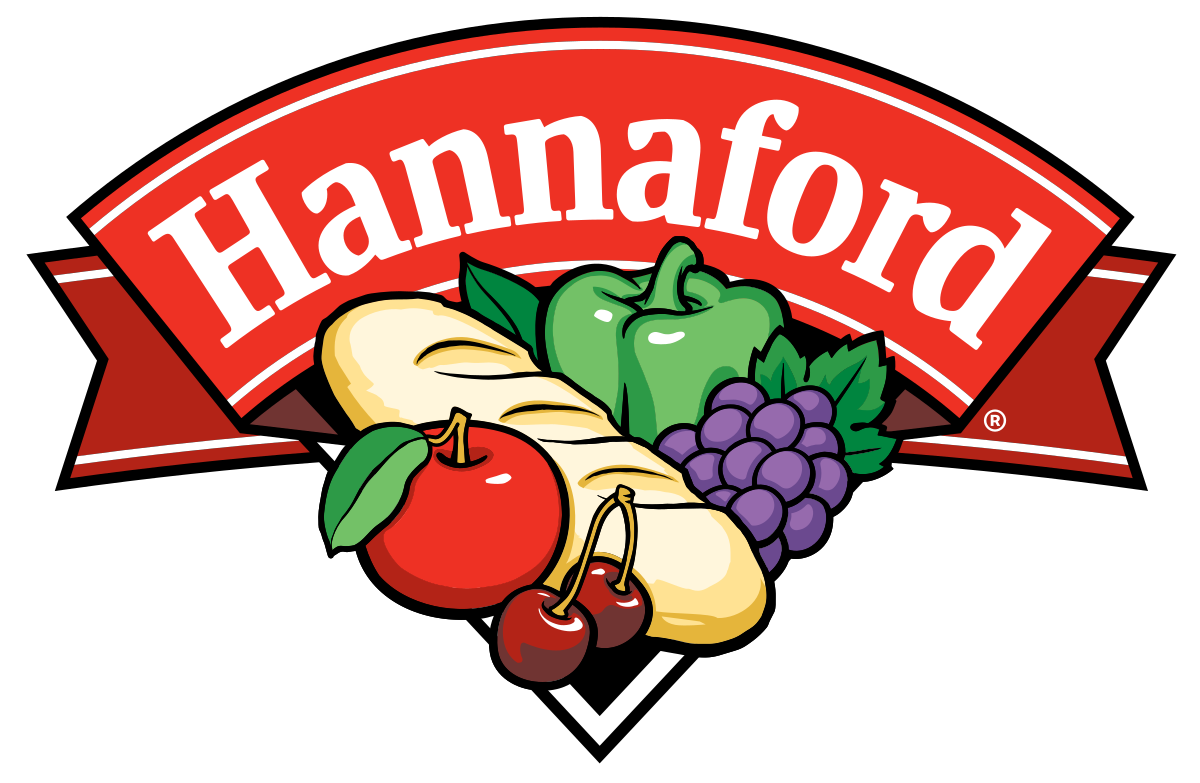Copied from the New York Times…
 November 6, 2006
November 6, 2006
The Package May Say Healthy, but This Grocer Begs to Differ
By ANDREW MARTIN
For many grocery shoppers, the feeling is familiar: that slight swell of virtue that comes from dropping a seemingly healthful product into a shopping cart.
But at one New England grocery chain, choosing some of those products may induce guilt instead.
The chain, Hannaford Brothers, developed a system called Guiding Stars that rated the nutritional value of nearly all the food and drinks at its stores from zero to three stars. Of the 27,000 products that were plugged into Hannaford’s formula, 77 percent received no stars, including many, if not most, of the processed foods that advertise themselves as good for you.
These included V8 vegetable juice (too much sodium), Campbell’s Healthy Request Tomato soup (ditto), most Lean Cuisine and Healthy Choice frozen dinners (ditto) and nearly all yogurt with fruit (too much sugar). Whole milk? Too much fat — no stars. Predictably, most fruits and vegetables did earn three stars, as did things like salmon and Post Grape-Nuts cereal.
At a time when more and more products are being marketed as healthy, the fact that so many items seemed to flunk Hannaford’s inspection raises questions about the integrity of the nutrition claims, which are regulated by the Food and Drug Administration — or possibly about whether Hannaford made its standards too prissy or draconian. Either way, the results do seem to confirm the nagging feeling that the benefits promoted by many products have a lot more to do with marketing than nutrition.
Furthermore, the rating system, introduced in September, puts the grocery store in the awkward position of judging the very products it is trying to sell, not to mention the companies that supply the foods. In fact, most of Hannaford’s own store-branded products did not get stars.
Hannaford says it is not trying to be preachy or to issue a yes-or-no checklist, just to offer guidance to shoppers who want it — and if the average consumer’s reliance on the United States Department of Agriculture’s food pyramid system is any yardstick, many do not. Furthermore, the company said, there is a place for no-star foods in every balanced diet.
“We are saying there are no bad foods,” said Caren Epstein, a Hannaford spokeswoman. “This is a good, better and best system.”
Food manufacturers, she said, were apprehensive at first but relaxed when they learned that neither they nor their products would be penalized. “The people who represented salty snacks and cookies understood that they weren’t going to get any stars,” Ms. Epstein said.
Hannaford’s nutritionists acknowledge that their system is more stringent than the guidelines used by the F.D.A. The food agency sets standards that food manufacturers must use when they define a product as, say, low in fat or high in fiber, and companies may use those designations even if the product is loaded with less desirable ingredients. Hannaford’s panelists said their formula was more balanced, taking into account all the positives and negatives.
The store chain, with 158 supermarkets in five states, is believed to be the first grocery retailer to have developed such a comprehensive assessment program, and it is trying to have its food-rating algorithm patented.
Not surprising, the food industry still is not entirely happy, and it disputes Hannaford’s conclusions.
“We don’t like the idea that there are good and bad foods out there, and these sort of arbitrary rating systems,” said John Faulkner, director of brand communication at the Campbell Soup Company. The Healthy Request line of soup, he said, was “aligned with the government definition of what healthy is.”
Similarly, a spokeswoman for ConAgra Foods, Stephanie Childs, said that her company would like to know how Hannaford concluded that many items in its Healthy Choice line did not merit any stars.
“This is surprising to us,” Ms. Childs said. Healthy Choice, which offers a range of items from frozen meals to pasta sauces and deli meats, “has to use F.D.A.’s very stringent requirements for what is healthy.”
Admirers of Guiding Stars say the ratings illustrate how nutrition claims on packages can mislead consumers even if they are technically true. Many packages trumpet the benefits of a few attributes — high fiber, for instance, or no trans fats — while ignoring negatives like too much sodium, they said.
“You look at a General Mills product and it looks like the bee’s knees, but it may be nutritionally flawed,” said Michael F. Jacobson, executive director of the Center for Science in the Public Interest, an advocacy group based in Washington. “It may be high in sugar even though it has fiber in it.”
Many products that are marketed as healthy received zero stars from Hannaford because they contain too much salt or sugar or not enough nutrients, said Lisa A. Sutherland, an assistant professor of pediatrics and a nutrition scientist at Dartmouth Medical School who was part of the advisory panel that developed Hannaford’s formula.
V8, for instance, which says it has “essential antioxidants” and is “vitamin rich,” is “like drinking a vitamin with a lot of salt on it,” she said. Ms. Sutherland said that the F.D.A.’s guidelines for labeling, including its definition of “healthy,” were simply too lenient. Even the low-sodium version of V8 got no stars under the Hannaford system.
The F.D.A., for its part, points to its specific requirements for foods that make health claims as well as their labels. It also acknowledges that its policing abilities go only so far.
“The thing is, a lot of claims we see out there are puffery,” said Joseph R. Baca, director of the office of compliance at the F.D.A.’s Center for Food Safety and Applied Nutrition. “But they don’t get to the point where we can call them fake or misleading.”
Although Hannaford’s star ratings are posted on the same shelf tags that display prices, the chain has not changed the way it shelves products or markets them. This may have kept food manufacturers from rebelling, but it has not stopped them from questioning whether Hannaford is qualified to be the arbiter of healthiness.
“You end up with a lot of consumer confusion,” said Mr. Faulkner of Campbell Soup, which makes V8 as well as Healthy Request. “Do you defer to the Hannaford Brothers? The federal government?”
The label of Campbell’s Healthy Request Tomato soup, for instance, boasts that it is 98 percent fat-free, has zero grams of trans fat, low cholesterol and 30 percent less sodium than Campbell’s standard tomato soup. “I don’t know what their system is,” Mr. Faulkner said, referring to Hannaford. “What are they calling too much salt?”
Hannaford, part of Delhaize America, a division of the Delhaize Group in Brussels, started Guiding Stars after customer surveys indicated that people were confused about the nutritional information available to them. Hannaford formed a seven-member advisory panel of nutritionists and a physician to develop a formula for evaluating the healthiness of food.
That algorithm evaluates a 100-calorie serving of each product using only the information that is available on the “nutrition facts” panel and the ingredients list. A product receives credit for vitamins, minerals, dietary fiber and whole grains, but is docked points for trans fat, saturated fat, cholesterol, added salt and added sugar.
People who choose to adhere closely to the Hannaford ratings will have Spartan diets indeed. Not only did cookies and potato chips rate poorly, but so did whole milk (although skim milk received three stars) and products with nourishing-sounding names like Healthy Choice Old-Fashioned Chicken Noodle Soup.
Indeed, the “three star” lunches and snacks recommended on Hannaford’s Web site probably bear little relation to the meals most Americans are accustomed to eating. Hannaford suggests snacking on grapes, apple slices, raisins, plain yogurt, celery sticks, carrots and one to two ounces of popcorn — presumably without salt. A good lunch would be grilled chicken on a bed of spinach with a multigrain roll and an apple.
A. Elizabeth Sloan, president of Sloan Trends, which tracks the food industry, said that food manufacturers deserve credit for reformulating their products to make them healthier. But she said it was unrealistic for the manufacturers to remove all the fat, sugar and salt because nobody would buy the result.
“They have to keep the taste,” she said. “Look at all those super-duper healthy products that are in those healthy food stores. They don’t taste good.”
She added, “Nothing is healthy if you get right down to it, except mother’s milk, and that’s probably got too much fat.”
It is hard to tell whether Hannaford’s nutrition index has had any impact on what consumers are buying. The chain declined to provide sales data.
At a Hannaford store in New Windsor, N.Y., several customers said they had heard about Guiding Stars in radio advertisements or seen it in the store, but that it had not influenced their purchasing. Several shoppers said they did not see the point.
“I buy whatever it is on my list,” said Karen Wilson, 43. “If my kids want Cheerios, I buy them Cheerios and don’t look at the stars.”
LiseAnne Deoul, 34, said she liked the idea of Guiding Stars even though the system had not helped her narrow her choices during a quick stop last week to buy pasta.
“All of it was the same,” she said. “They all had two stars.”
Hannaford officials and members of the advisory panel emphasized that foods with no stars were not meant to be shunned.
“They are not everyday foods,” said Ms. Sutherland. “They are great sometimes foods.”
Nutritionists and food industry analysts said that Hannaford’s findings highlight some unpleasant truths about Americans and their eating patterns. People want to be healthier but do not want to change their behavior, and so marketers have stepped in with products that improve on the originals but still leave something to be desired.
The poor marks doled out by Hannaford show “what happens when an independent group sets the criteria,” said Marion Nestle, a professor of nutrition at New York University.
“As for health claims, expect to see more and more and more,” she said. “It’s the only thing that sells food these days.”

